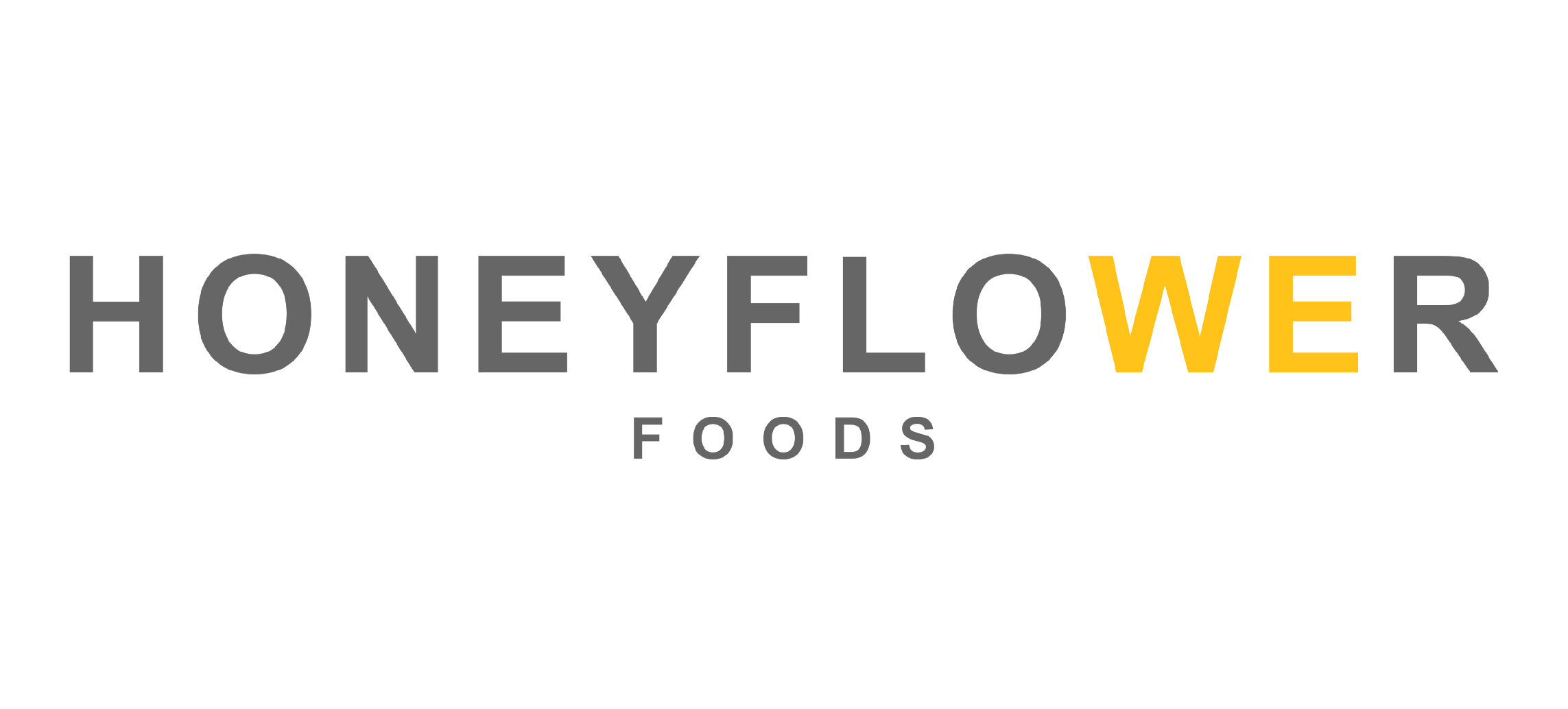Careful with That Farmed Salmon
In our current food system, fish eat chicken. That’s right - many industrial fish farms use ground up chicken remains, like feathers and bones, to form the base of fish pellets, while the rest is made from low quality corn and soy. This isn’t cool, and it makes the cliché “tastes like chicken,” a bit sickening.
If the fish aren’t eating chicken, they’re fed other fish and their parts, resulting in the mass harvest of wild feeder fish that contributes to the depletion of our oceans. Our classic short term thinking led us to feed animals to other farmed animals, and that practice has become the norm. Research over the last decade has exposed several risks and consequences of this type of farming, and suggests a change of course.
So what’s the alternative? Instead of cutting all fish or animal calories (though going vegan is a great option) from your diet, simply choose more carefully and with integrity. Bait fish, like sardines, mackerel, and herring, reproduce quickly, making them more sustainable options than salmon or tuna; plus, creating consumer demand for these alternatives might actually foster healthier fishing practices and more conservation. Here are a couple reasons why the old underdogs are now in the sustainability spotlight.
Farming Big Fish is a Destructive and Dangerous Practice
The most prolific example is farmed salmon. American consumers demand massive amounts of salmon every year, many believing that sea-based proteins are automatically cleaner than land-based proteins like chicken or beef. Fish consumption has risen so dramatically, that in 2012, global fish farming out-produced beef production in 2012 for the first time ever, according to the Earth Policy Institute in Washington, DC. To meet demand, salmon are crammed into open-ocean containers so tightly that they can barely move. This mass concentration of fish yields tons of feces - all of which drop onto the ocean floor below the tank, essentially toxifying the surrounding ecosystem. Furthermore, open ocean techniques make it relatively easy for salmon to escape and transfer diseases and compete with wild breeds for food and mates.
Salmon fisheries outperform meat industries in another frightening way: antibiotic use. Oceana, a respected ocean research organization, found that salmon farmers in Chile use up to 950 grams of antibiotics to raise just one ton of fish. These don’t necessarily transfer to human bodies, as the fish are weaned off before harvest, but, the heavy use of antibiotics fosters antibiotic resistant bacteria. This bacteria could develop into full-blown, drug-resistant infections that are dangerous to people. That’s a serious global health risk.
Bait Fish are Superfoods
With such little room to swim, farmed fish become overweight and depressed. The nutritional content of farmed versus wild salmon tells the real story.
Farmed salmon has almost twice as many calories, three times as much saturated fat, and more than five times the amount of Omega-6 fats as wild salmon.
Is there a difference between Omega-3 and Omega-6? You bet. Both are fatty acids, but while Omega-3s are famous for decreasing inflammation and the risk of heart disease, Omega-6s, found in fast food and sweets, can have the opposite effect.
But fat in farmed salmon is not consumers’ biggest concern. A toxicology study published in Science magazine in 2004, found that contaminant levels in farmed salmon were eight times higher than those found in their wild counterparts.
Mackerel, however, rated a “best choice” or “good alternative” (depending on the source) by the Monterey Bay Aquarium Seafood Watch, contains over 20g of protein, 15g of good fats, and over 250 times the daily recommended value for Vitamin B12, as well as a host of other essential metals like copper, iron, and zinc.
Demanding Smaller Fish is More Sustainable
The benefits of eating mackerel, sardines, and herring as opposed to bigger fish are that they reproduce quickly, and are relatively prolific in ocean climates. They are already used commercially, but not in the most efficient way. These fish are being used to feed other fish, a practice that is putting undue pressure on ocean ecosystems. A study by Oregon State University reported that companies earn $11.3 billion from selling feeder fish as food for other animals, and only $5.6 billion from direct consumption. Much of this harvest goes to salmon fisheries, where three pounds of forage fish is needed to bring one pound of salmon to the market.
It should be noted, however, that not all fish farming is harmful. One excellent example of sustainable aquaculture is Chinese Rice-Fish Culture, in which small fish live in flooded rice paddies and feed on weeds while fertilizing the rice plants. Even big fish can be farmed sustainably: the Monterey Bay Seafood Watch recommends Salmon grown in indoor circulating tanks and two open water pen systems in Norway and New Zealand whose adverse environmental impacts are minimal.
To become a more sustainable consumer of seafood, limit your intake of big fish like Tuna and Salmon (they’re delicacies - not for everyday consumption) and buy the likes of herring instead. If consumers demanded more mackerel, sardines, and herring in restaurants and grocery stores, fish companies could build sustainable pricing systems for feeder stocks and rely less on massive harvests sold at low prices. These species have better nutritional value, better feed-conversion ratios, and aren’t pumped with antibiotics - and they definitely won’t taste like chicken.
Team HF

